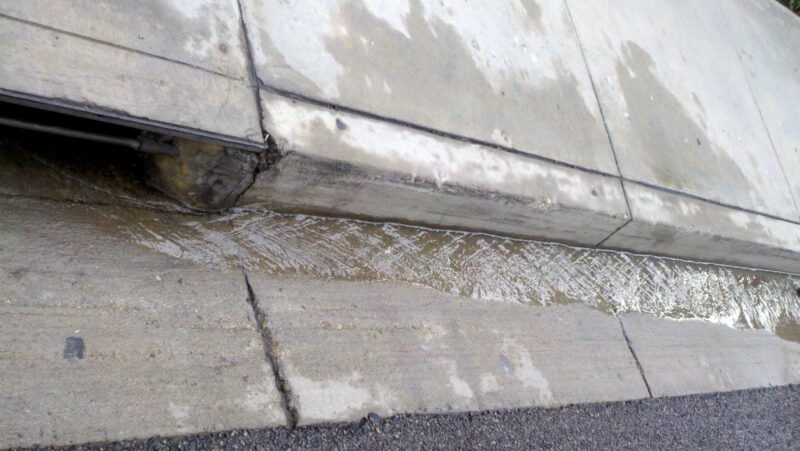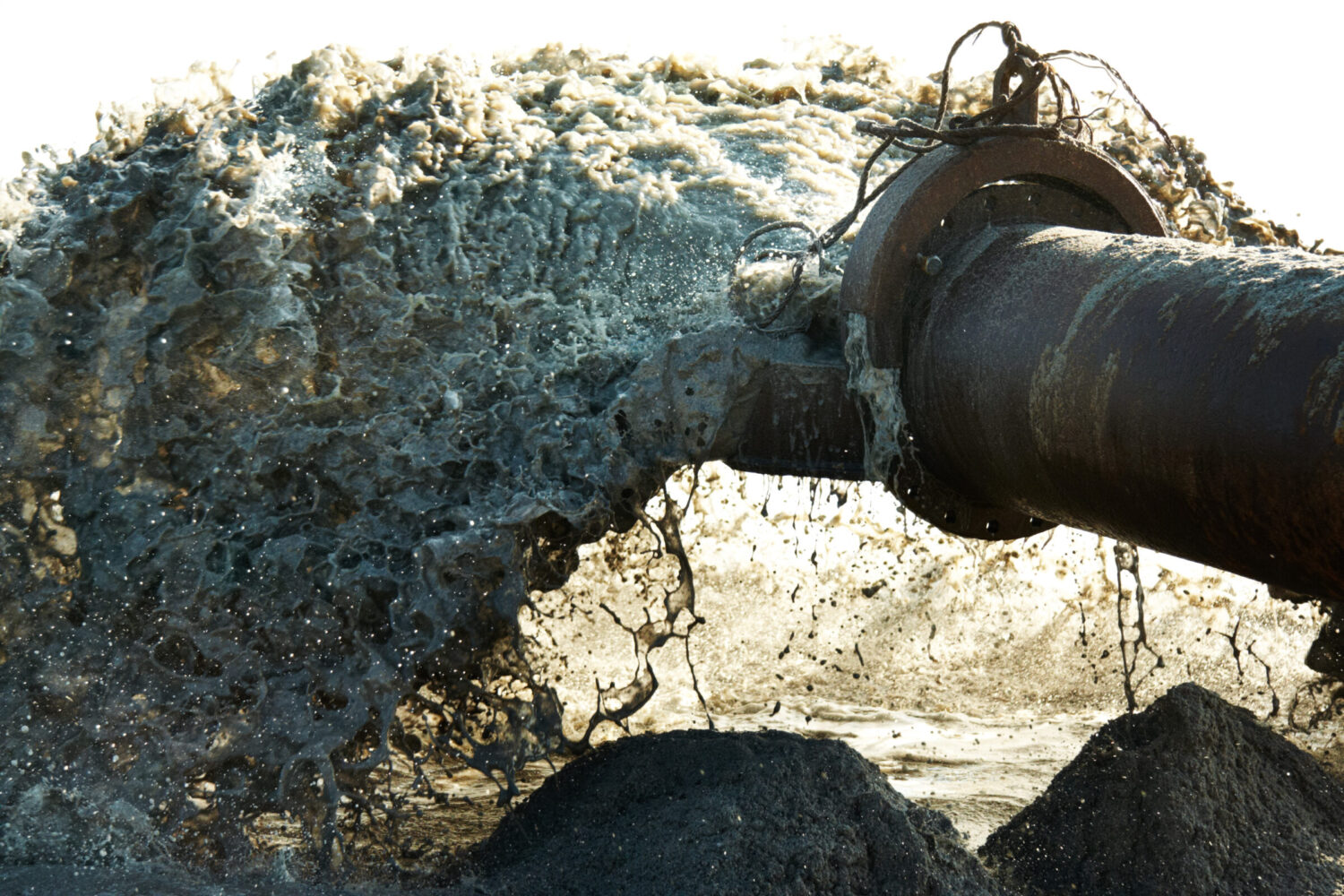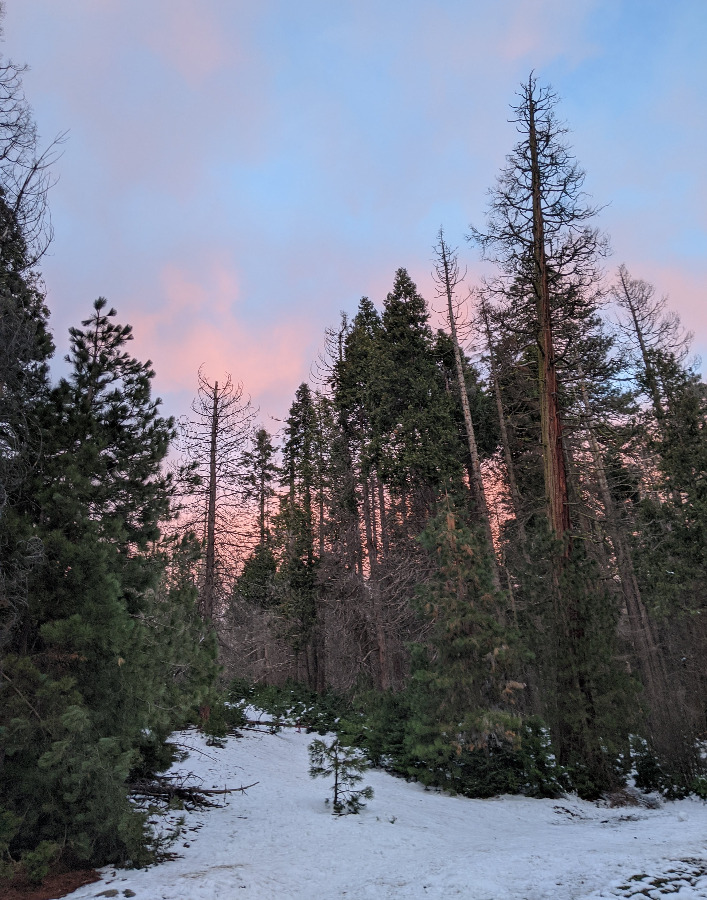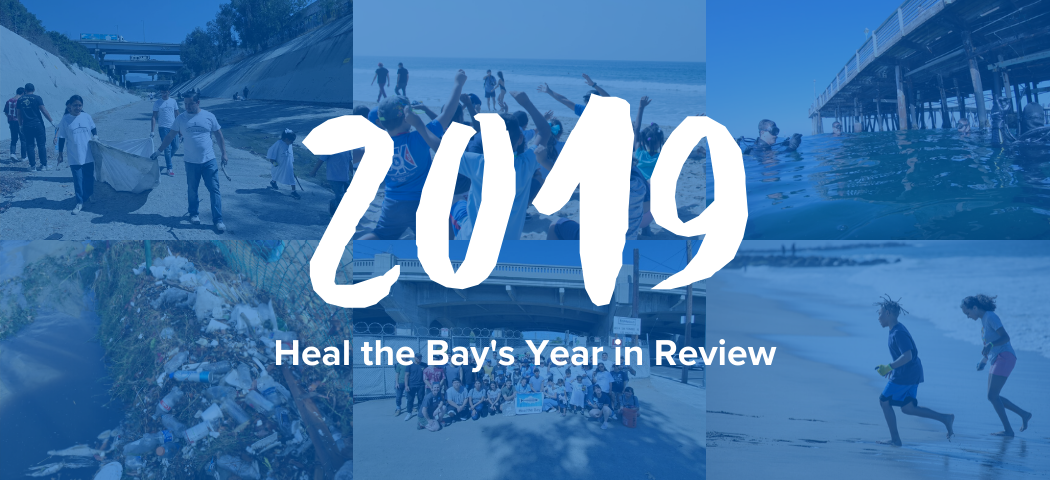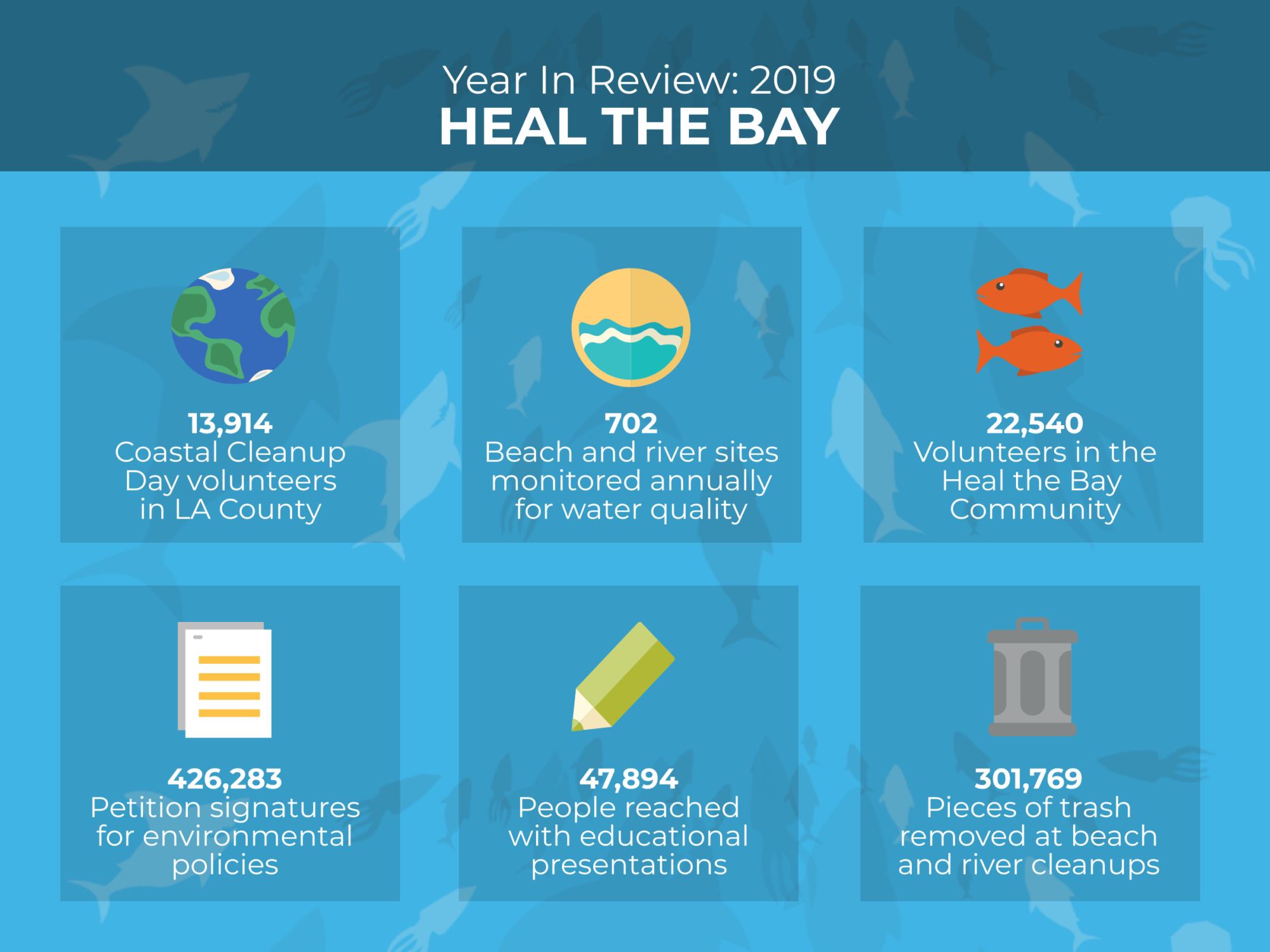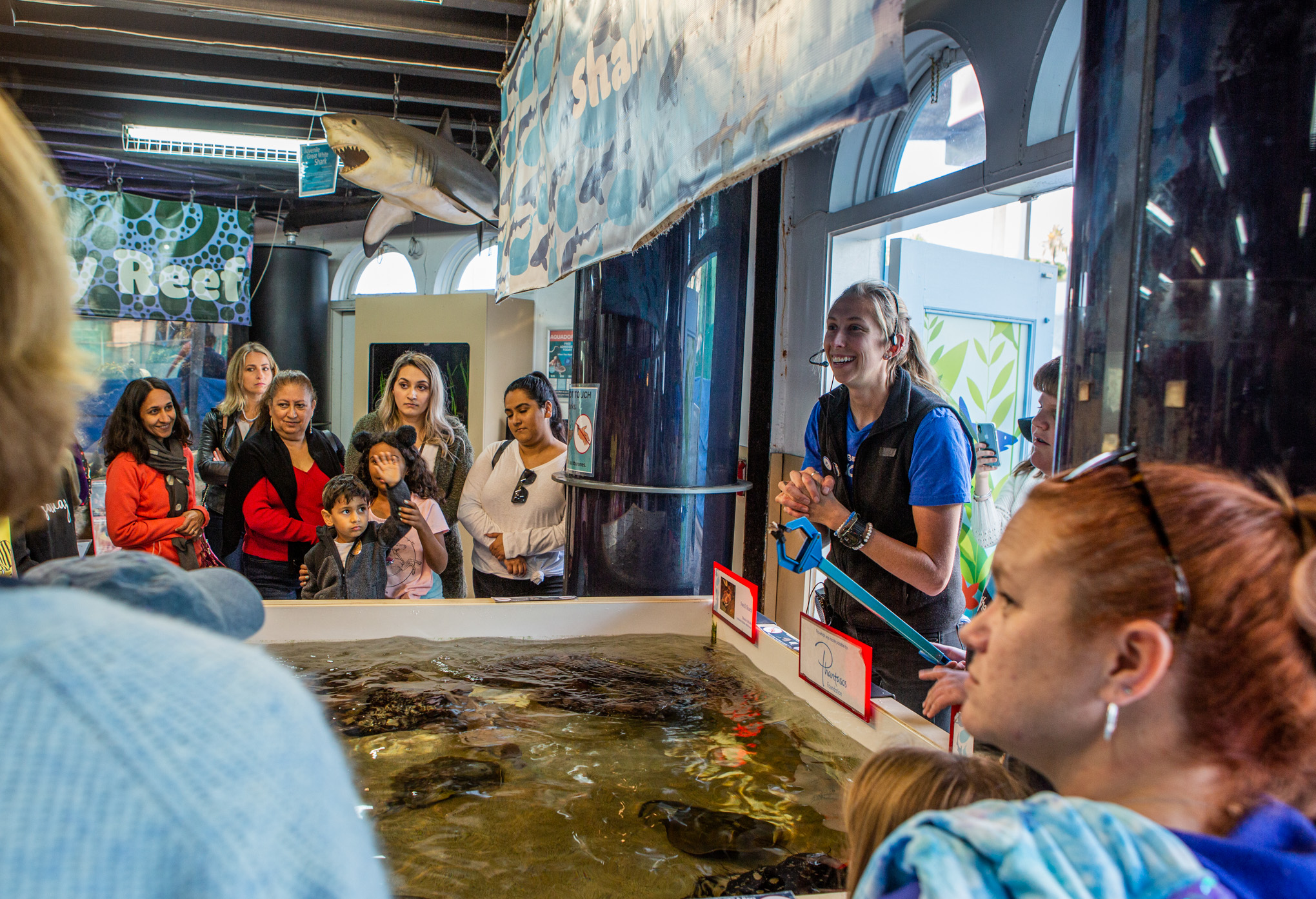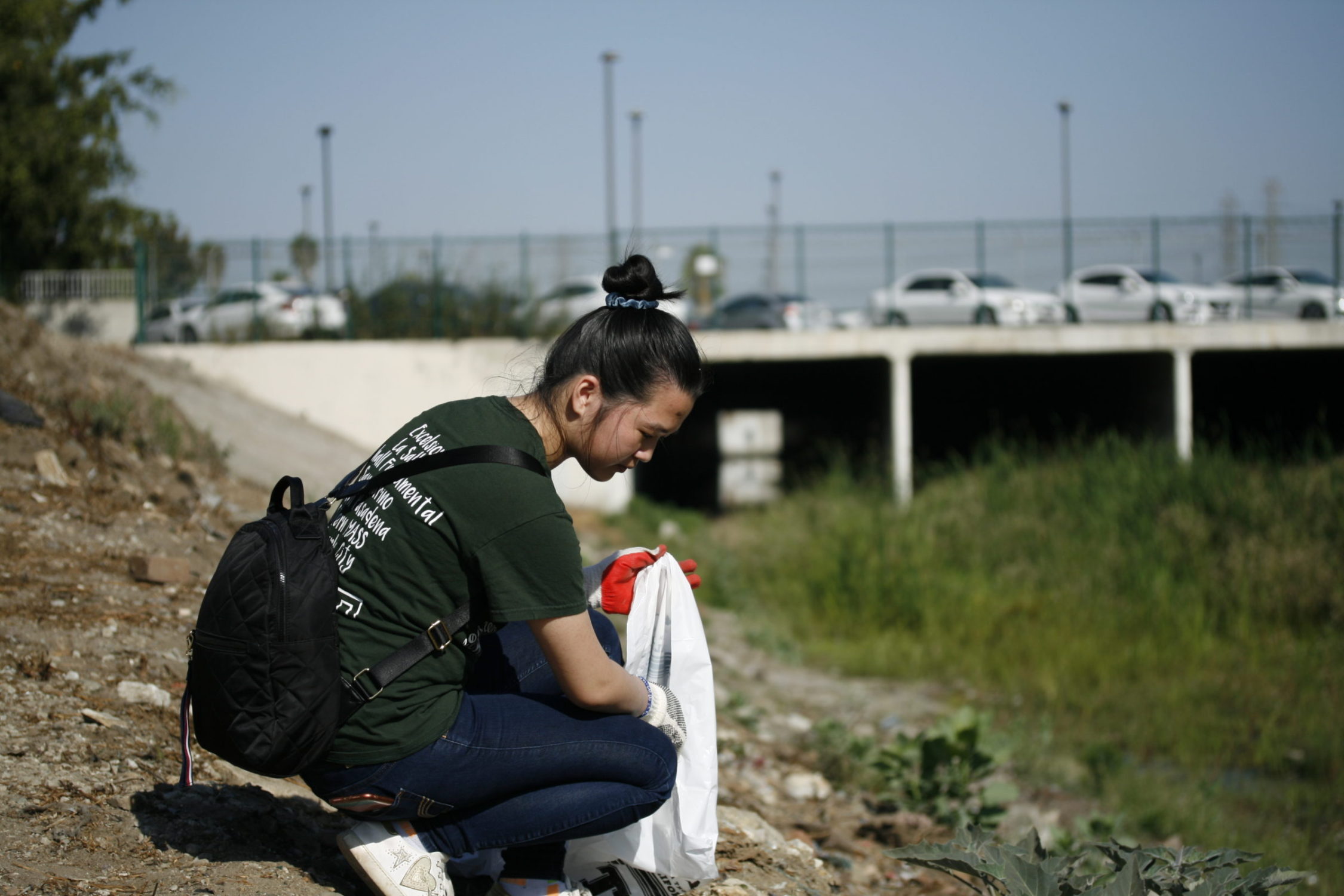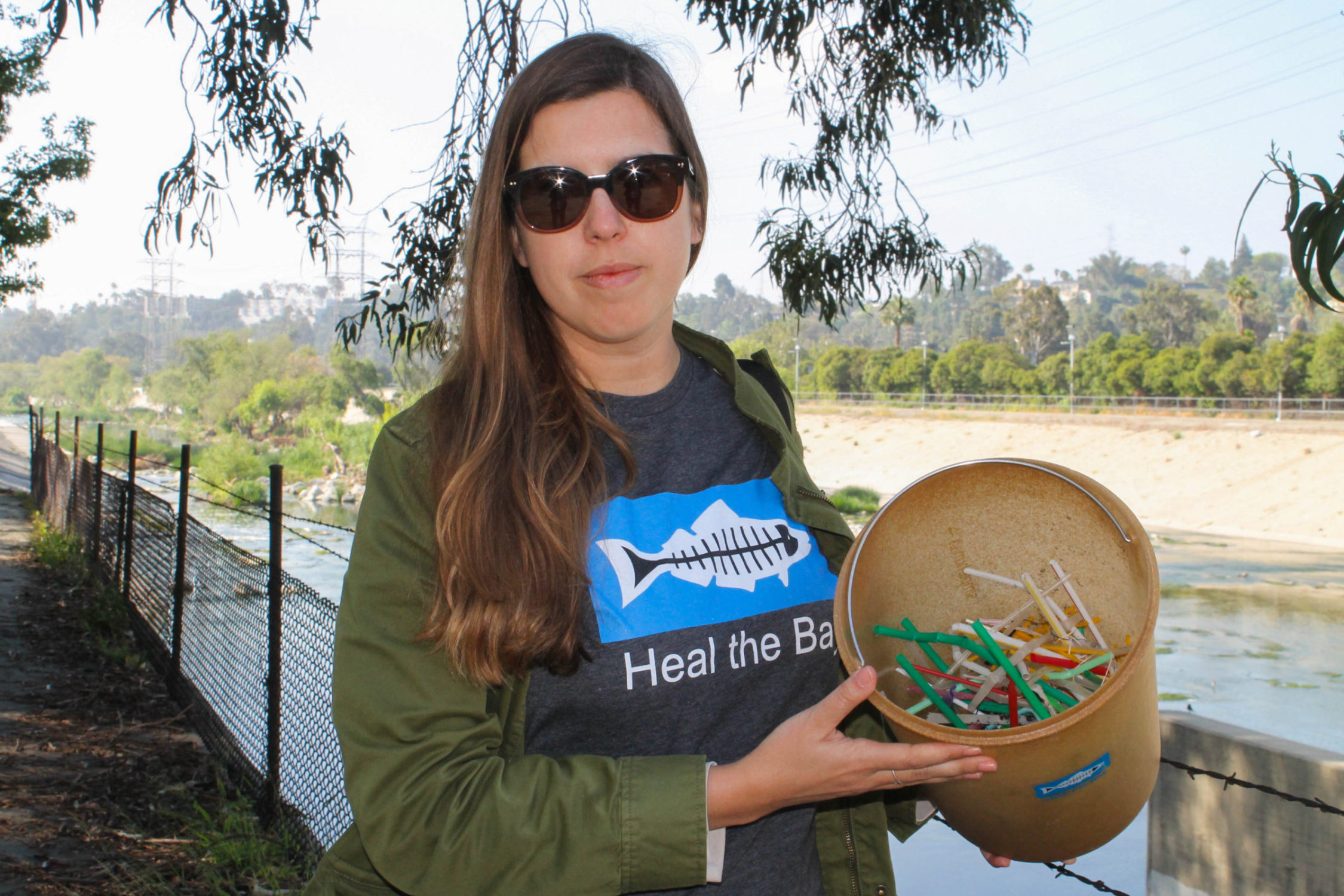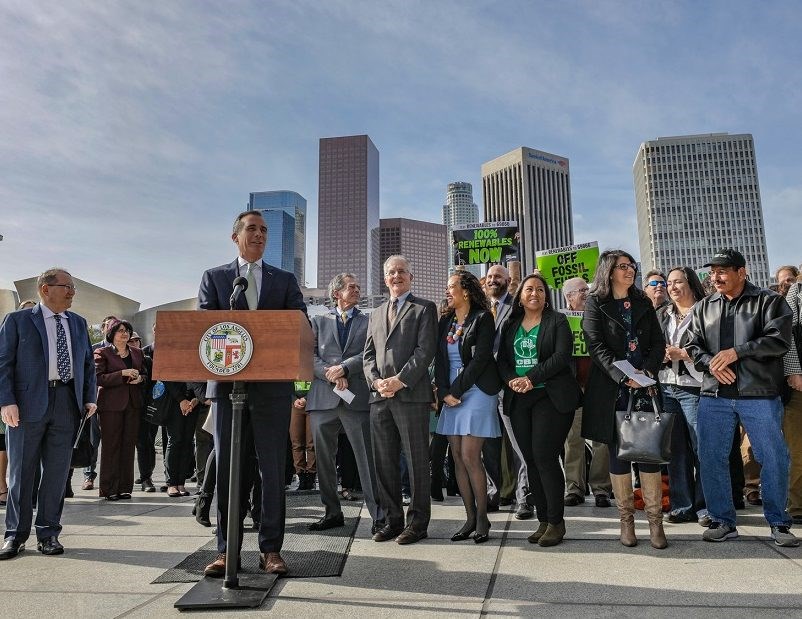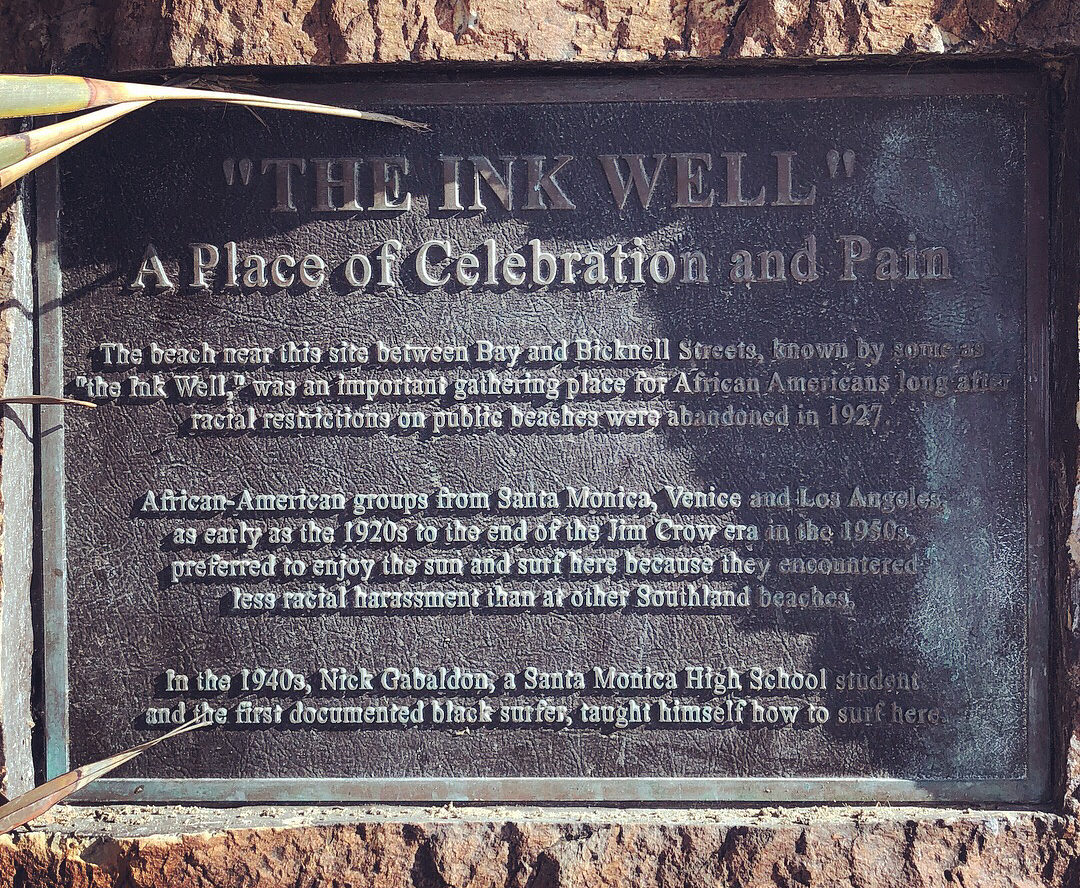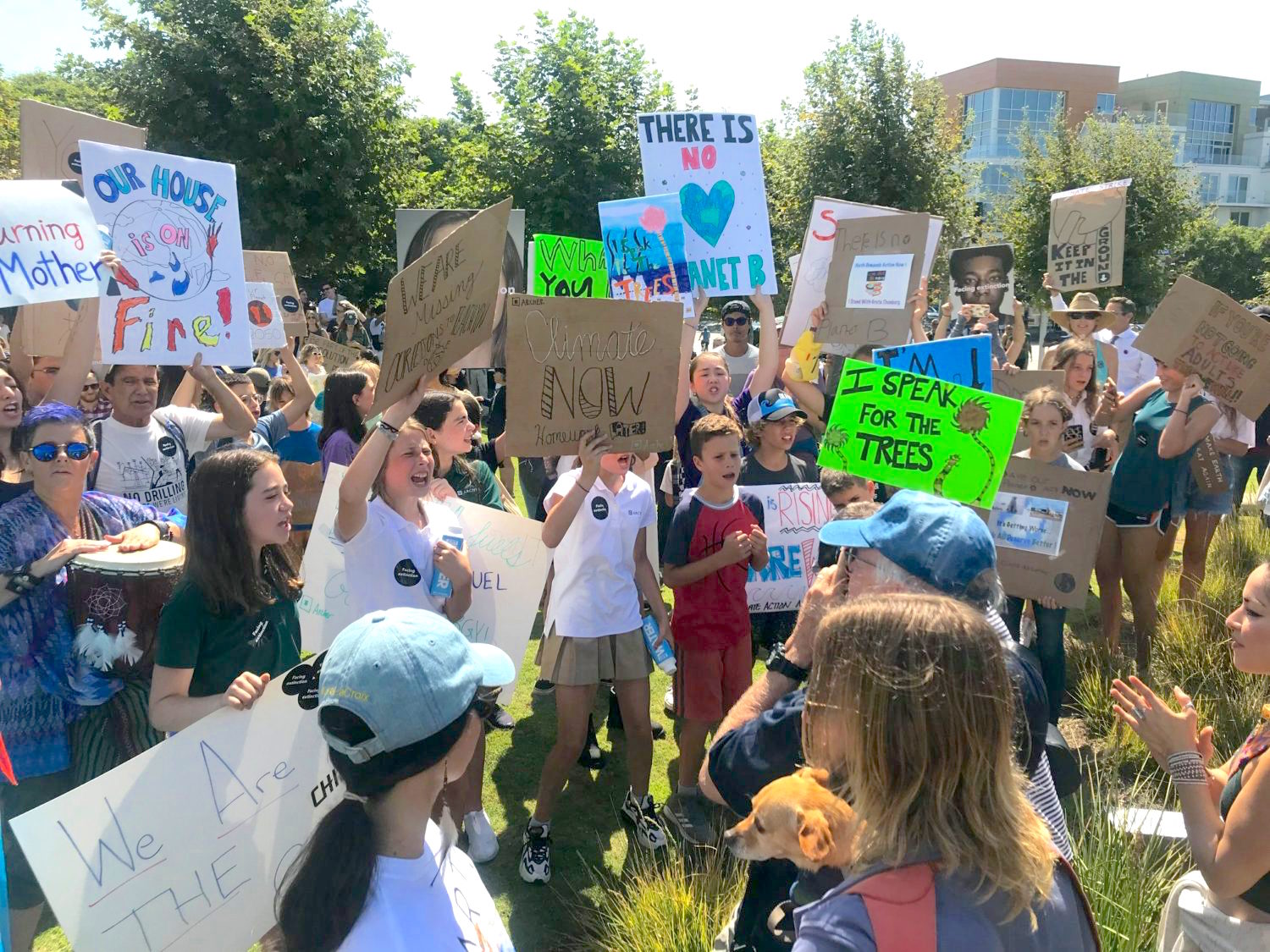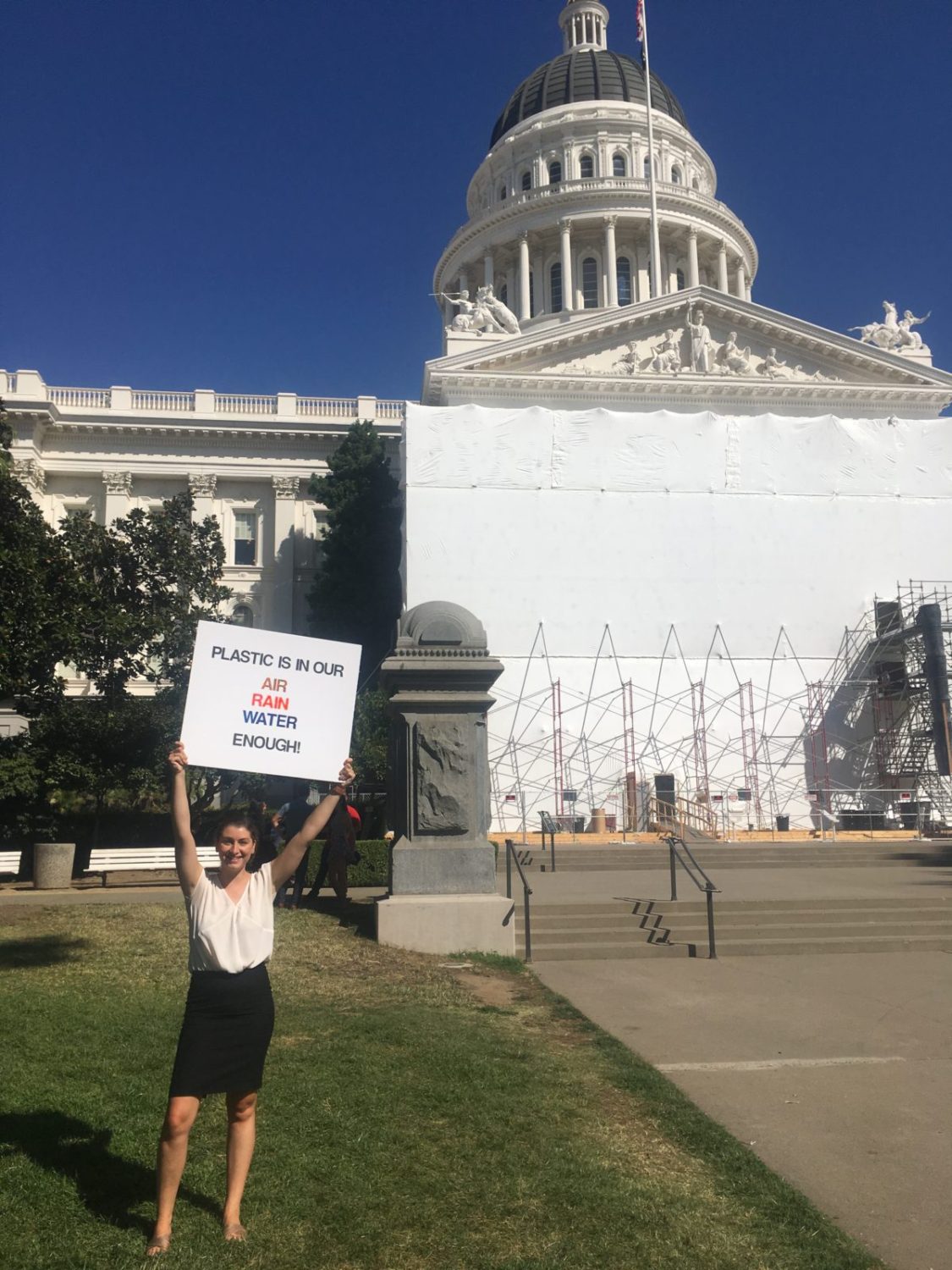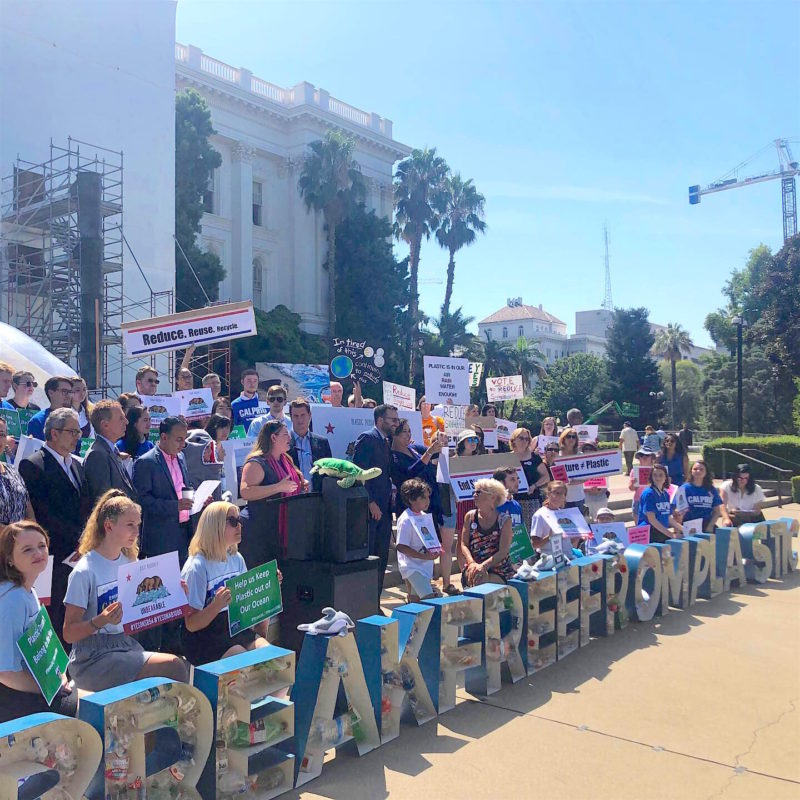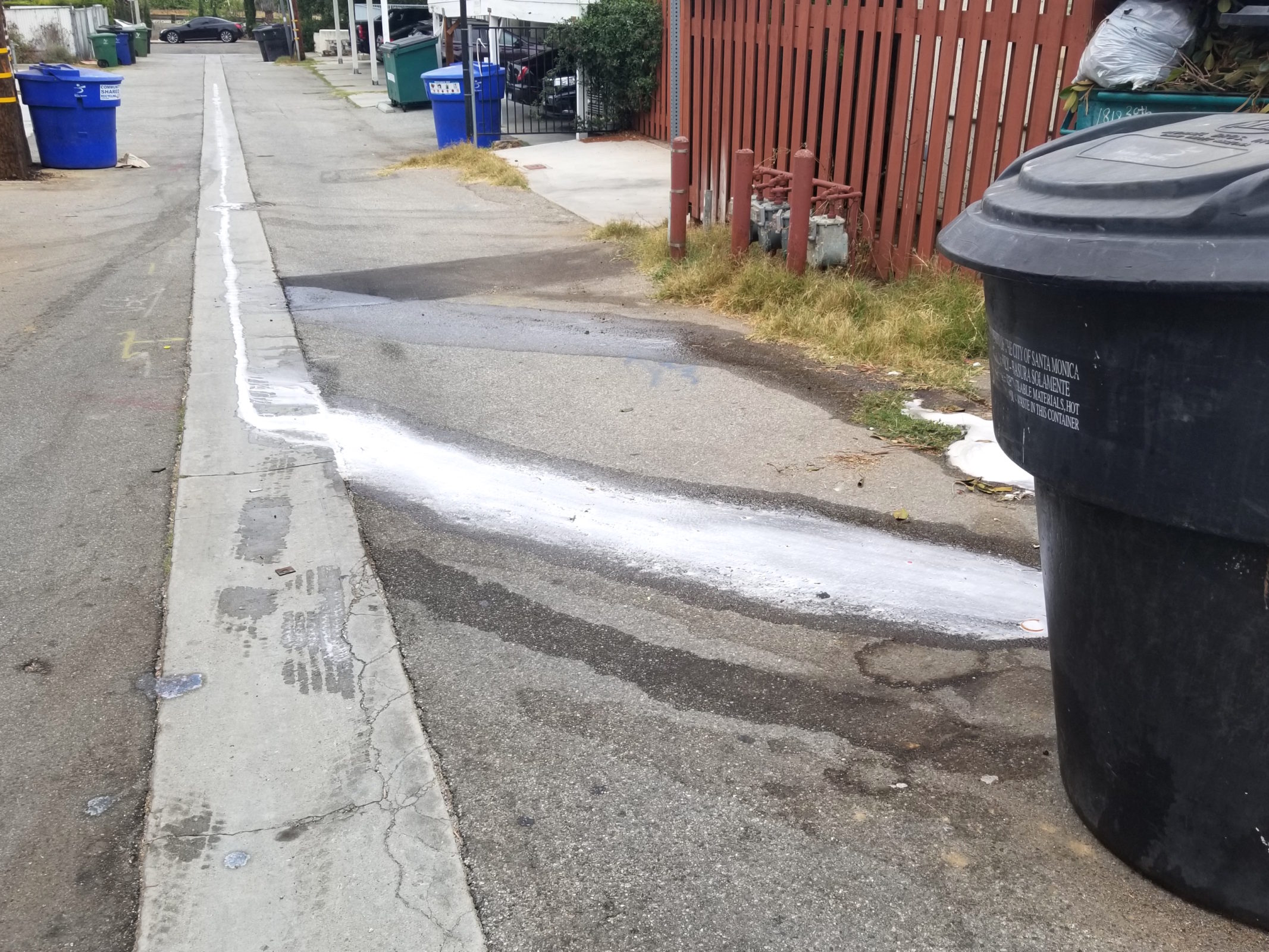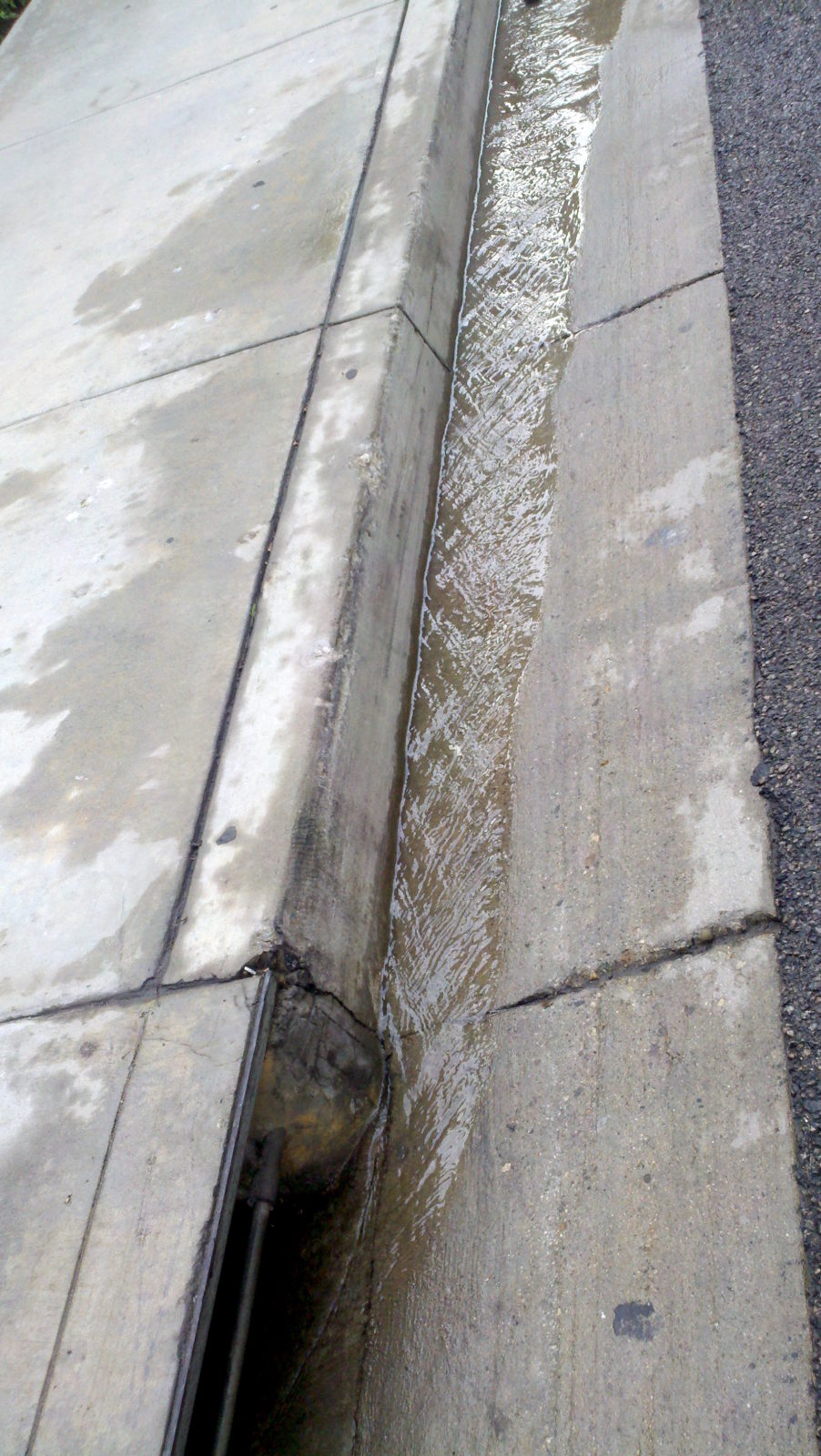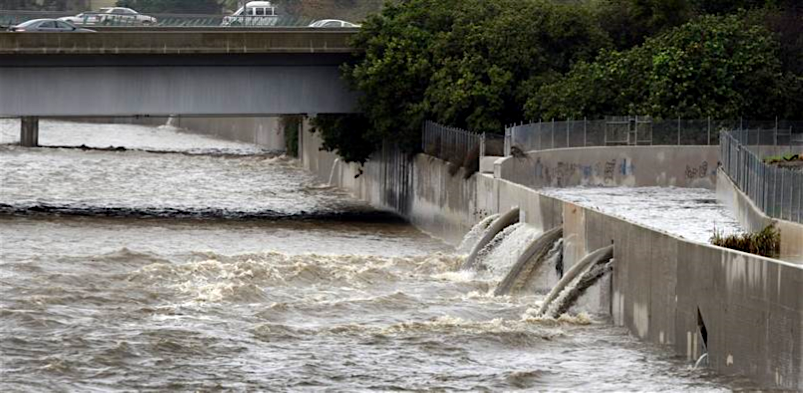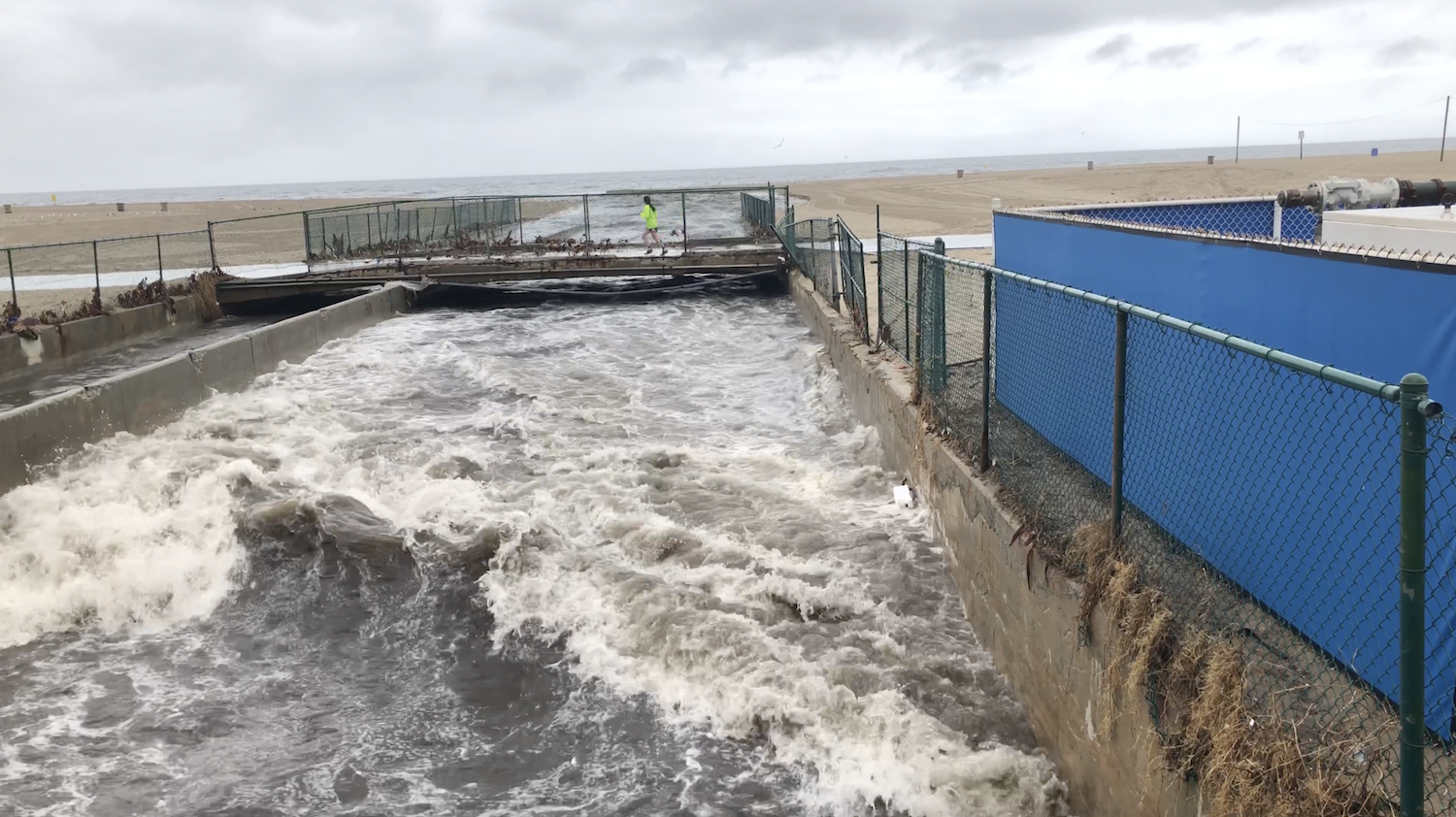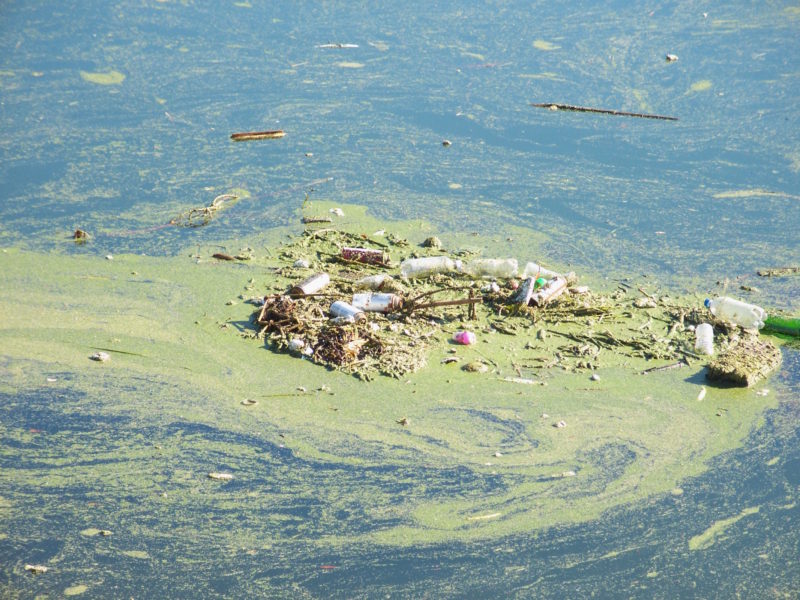Luke Ginger, Water Quality Scientist at Heal the Bay, discusses our disappearing Los Angeles County beaches due to climate change, and what we can all learn from the COVID-19 pandemic as local beaches begin to reopen. Luke fights for the environment’s rights by advocating for water quality regulation and enforcement. But he’s also looking out for the humans who go to the beaches, rivers, and streams by managing the Beach Report Card with NowCast and the River Report Card.
The beach has always provided me with happiness, fun, comfort, and adventure. As a kid, my parents had to pry me and my siblings away from the beach every time we went – we would have gladly tried our luck sleeping on the cold damp sand rather than get into our minivan. Two decades later, most of my beach days end with me reluctantly walking back to my Prius clutching my beach accoutrements with pruney fingers and purple lips from staying in the water too long. Only now I don’t have to convince anyone to stop for ice cream on the way home!
The ocean always has and always will be a fixture in my life. And, the same is true for many people living in SoCal. Beaches are where families gather, where people go to relax and have fun, and where anglers provide food for their families. The beach is a priceless resource woven into our lives providing us with happiness, memories, and sustenance. This makes it hard to accept the bitter reality that we will lose many of our beaches due to impacts from climate change and coastal development.
Climate change is causing our oceans to warm up. When water warms up it expands, leading to sea level rise. The melting of glaciers and ice sheets also contributes to sea level rise. This puts our local beaches at risk because the ocean will gradually get bigger and eat up more sand and land.
Our coastline is also shrinking because coastal development exacerbates beach loss by acting as a barrier to the natural movement of beaches inland as well as by cutting off natural sources of sand that would have nourished our beaches.
Depending on our response to sea level rise and our approach to coastal development, Southern California is predicted to lose between 31% and 67% of its beaches. What’s even more devastating is the fact that we cannot make that figure 0% because there has not been enough done to stem climate change both locally and globally. The hard truth is losing beaches is an inevitability due to humanity’s inaction to properly safeguard them.
The COVID-19 pandemic has given us a dire glimpse into what our future holds. It is telling that many beaches in California had to be shut down during the pandemic because too many people were drawn to them. The beach gives us opportunities to exercise and offers moments of mental peace and relaxation, especially during difficult times. While beaches in Los Angeles County start to reopen this week for active recreation activities only, we still face the reality that soon there will be less beach for all of us to enjoy.
These facts are hard to live with. But, we need to harness our emotions and use them for action. Our actions now can ensure we give our disappearing beaches a fair chance at being saved.
Here’s what you can do right now to help save our remaining beaches:
- Become civically engaged! Support policies that reduce pollution and wane our dependence on oil and fossil fuels. Heal the Bay supports California Senate Bill 54/Assembly Bill 1080, which requires companies to reduce their single-use plastic packaging (derived from oil) by 75%. We also support the end of drilling in neighborhoods as well as on the coast. If there are no climate action policies to vote on, or if you can’t vote, become an activist and participate in local events like Fire Drill Fridays or volunteer with organizations like STANDLA.
- Change your behavior! Consider personal lifestyle changes such as eating more plant-based meals and reducing your dependence on single-use plastics. See our list of climate action tips to help you. If we all take steps to reduce our individual climate impacts, we can have a huge impact. But we can’t rely solely on our individual actions; we need policies at all levels of government that will reign in polluting industries. Learn more about why we need to make systemic changes along with personal changes.
- Volunteer with Heal the Bay! We offer many opportunities for individuals and groups to help make an impact on protecting the environment. Register for a virtual volunteer orientation. Once we are back up and running, you can join us for a beach cleanup, help educate the public at Heal the Bay Aquarium, and participate in our community science programs.
- Enjoy the beach safely! Tackling climate change requires widespread public support and for all of us to adapt to new realities. Whenever you visit the beach, make sure you are following all signage posted in the area as well as health and safety guidelines. And before you go in the water, make sure you check the Beach Report Card for the latest water quality grades and information.
- Increase coastal access! Heal the Bay supports coastal access for all, and it concerns us that many local communities in California have no access to open space. Nature heals us, and everyone should be able to enjoy the outdoors. As we continue to prioritize the COVID-19 response, and look toward the gradual reopening of outdoor spaces and related services, it is crucial for our state to work with diverse stakeholders to set clear health and safety guidelines so our outdoor spaces can reopen to all people and for a variety of activities. You can take action by urging your local and state government to prioritize safety, equity, and access when creating reopening plans for our beaches, parks, and trails.





